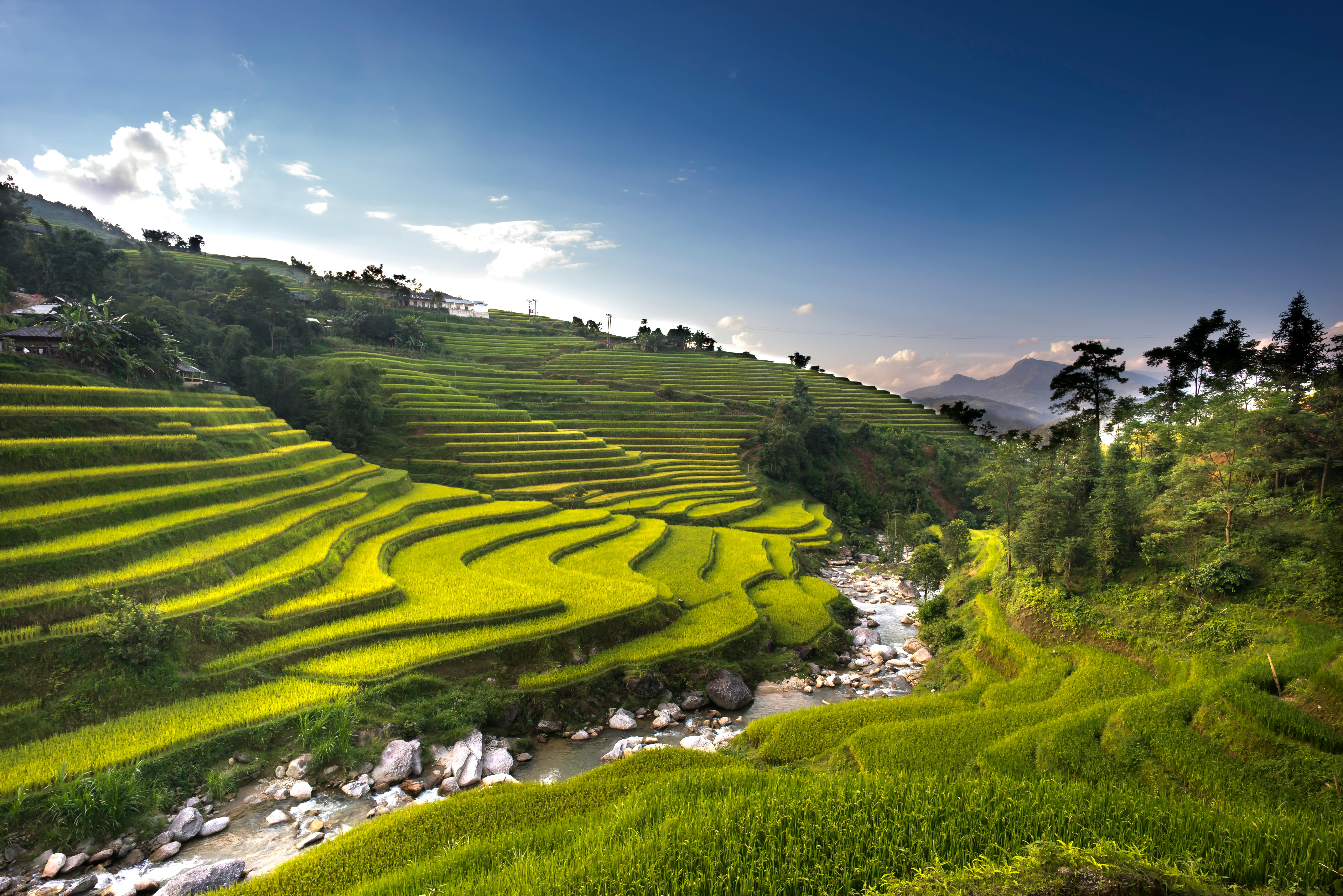Dating back over 3,000 years, the city of Mombasa has come into contact with numerous local and foreign cultures that have significantly influenced all social, economic, political and cultural aspects of life here. As a result, these influences are evident in the way buildings and structures are planned, designed and constructed.
Although a large modern city, Mombasa has yet to fully embrace modern architectural designs and styles as the city has no significant skyscrapers or high-rise buildings (apart from the 44m and 67m long Mombasa Trade Center and Bima Towers). respectively).
Be that as it may, the port city has the best relics of centuries-old buildings and structures displaying wonderful and diverse ancient architecture, such as the Gede Ruins, Fort Jesus, Mandhry Mosque (1570) and Basheikh Mosque (1300).
Types and styles of buildings in Mombasa, Kenya
Different areas of Mombasa city have different building styles that characterize the cultural and socio-economic status of the owners or occupants.
city cbd
Mombasa’s central business district covers almost the entire island of Mombasa. The types and styles of buildings within the area:
- They are mainly built using Arabic, Indian and Swahili architectural plans and designs, with detailed decoration and carvings on posts, door frames and windows.
- In the old town, the buildings are not only old and traditional, but also built close together and separated by narrow rows.
- Tea Swahili architectural designs and the elements present here are displayed in intricately engraved doors, windows and door frames.
- HAS exclusively muslim citybuildings in the city’s CBD also show this influence in the meticulous lattice work and in the way corbels and balconies are constructed.
- Other areas of the CBD contain historic multi-story buildings with very little thought and effort put into improving the architectural outlook of the building.
- Most of the buildings have gleaming white walls
Fincas and high-end hotels
completely the opposite of CBDespecially the old town, luxury properties (such as Nyali and Diani) and hotels such as the Intercontinental Hotel and Sarova Whitesands Beach Resort & Spa, have adopted modern architectural plans and designs.
- Most of the buildings here are built with modern building materials such as tiles for floors and roofs, aluminum windows and sliding doors, starlit terraces, coral stones to add an ocean feel.
- Most include remote controlled gates and portals.
- There is always a slight touch of Arabic style including high arches
- In the high-end properties, the buildings are semi-detached and detached duplexes or bungalows with luxurious lawns and pedanticly designed to suit the tastes and styles of the owners and occupants.
- They are usually rented or owned by people of upper middle and upper socioeconomic class.
- High-end hotels contain fully furnished luxurious apartments and cottages with swimming pools, entertainment areas, parking lots and patios, etc.
Other types and styles of buildings in Mombasa
Buildings owned by local indigenous people
Most of the buildings owned by the indigenous locals are commonly Swahili houses and most of them are temporary structures.
- The mud is used for the walls.
- Popularly known as Makuti, palm fronds and coconut fronds are used for roofing.
- Mud walls are often plastered with mortar to give the illusion that the building is built of stone and mortar.
- Mostly owned by the occupants, these buildings are built as large rooms or lofts that are not divided as individual rooms, but as small galleries used for various purposes.
- Mangrove poles, known locally as boriti, are used to make roofs
- Most of the buildings have patios known as baraza made of makuti that are used for shade and for relaxing in the evenings.
Modern buildings in low and middle income areas
There are a large number of modern buildings located in low and lower-middle income areas that are made of stone and mortar and planned in modern styles and designs.
- However, in low-income areas, such as Kisauni, Likoni, and Mishomoroni, buildings are often constructed as large grounded buildings that are divided into single or double rooms where different tenants share a roof.
- Also, buildings in low-income areas do not have fences. As a result, numerous pathways are used to separate one building from the next.
- In lower-middle-class areas, such as Bamburi, there are numerous dorms and 1- and 2-bedroom apartments.
Additional Structures
Due to the need to link Mombasa Island to the mainland, several bridges have been built, including
- Nyali Bridge floating pontoon – built as a girder bridge
- Mtwapa Bridge-girder bridge
- Makupa Causeway
—
